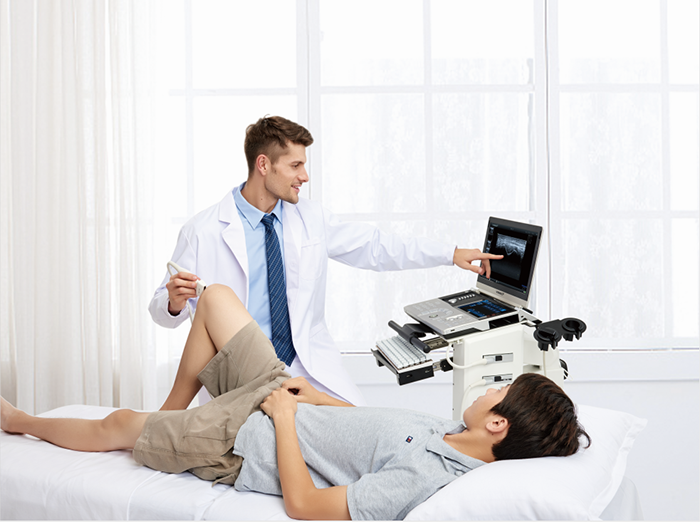
Untimely deaths in royal families
There are people in this vibrant world who are afflicted with hemophilia and thus deprived of the right to live free.
More than a hundred years ago, the hemophilia gene carried by Queen Victoria spread to the royal families across Europe through marriage and childbirth, with many dead. The disease causing unstoppable bleeding and even death was then called "bleeding disease" and "royal disease”. The royal families, even with supreme power and wealth, could not get rid of the "curse" engraved in their blood.
The haze of hemophilia, even to this day, still hangs over many hemophiliacs and cannot be cured. They have to be armed at all times, for a tiny wound shall lead to unstoppable bleeding; they cannot even run with abandon, because joints would bleed and swell; they dare not pull out their teeth, for excessive bleeding may be life-threatening... They are as fragile as glass, whereas there are edges and corners everywhere in daily life.
Weeping joints
Hemophilia is an inherited bleeding disorder. A hemophiliac is born to lack the clotting factor FVIII or FIX, which means blood cannot or can hardly clot when the blood vessel bleeds. Moreover, even if trauma and surgical trauma are excluded, hemophiliacs could be still afflicted by "spontaneous" bleeding, and the incidence rate of joint bleeding is as high as 70%-80%. That is a major cause for joint disease and even disability.


Hemophilia arthropathy
Hemophilia mainly affects knees, elbows, ankles, shoulders, wrists, hips, and other joints. Walking and excessive movement may cause joint bleeding. And in recurrent bleeding, blood and metabolites would cause damage to synovium and cartilage of joints, ultimately leading to ankylosis or disability. Therefore, using ultrasound assessment to do regular prevention and treatment of joints is a key measure to lower the disability rate of hemophilia.
.jpg)
Ultrasound joint examination
"Prevent" to meet hope
In 2017, Recommended Solutions and Consensus on the Application of Ultrasound Diagnosis for Hemophiliac Osteoarthropathy clearly pointed out the comprehensive advantages of ultrasound in the detection of hemophiliac osteoarthropathy, making ultrasound a new hope for prevention and treatment of diseases of this kind.
Previously, magnetic resonance imaging (MRI) had been regarded as the gold standard for detecting hemophiliac osteoarthropathy, but its high price led to low popularity at the grass-roots level, discouraging many poor patients. By comparison, VINNO's high-frequency ultrasound devices have high detection rate of osteoarthropathy that can compete with MRI, and feature easy operation, no radiation, sedation-free for children, and low price. The VINNO Portable series, with stunning superficial developing capability and portability, is widely acclaimed.


VINNO Portable
VINNO's high-frequency probe, with a frequency up to 23MHz, can clearly display the superficial soft tissue structures, such as muscles, tendons, ligaments, and peripheral nerves. It performs rather well to display the common symptoms of hemophilia osteoarthropathy: hydrarthrosis or hematoma, synovium thickening, hemosiderosis, and cartilage loss.
VINNO image effect
.jpg)

Detection of hydrarthrosis
Clear edge with the non-echoic part of the effusion, distinct structure with surrounding tissues

Detection of synovial hyperplasia
Highly sensitive blood flow detection, enhanced blood flow, delicate imaging
China has more than 100,000 haemophiliacs, only 7.2% of whom are taking preventive treatment. As a result, the disability rate of hemophilia is as high as 77.7%. Should high-frequency ultrasound further spreads at the grassroots level, it will definitely help to reduce the disability rate of hemophilia.
To render care for hemophiliacs, we should start from understanding them; and to prevent disability from hemophilia, we should start with sticking to ultrasound joint examination.

